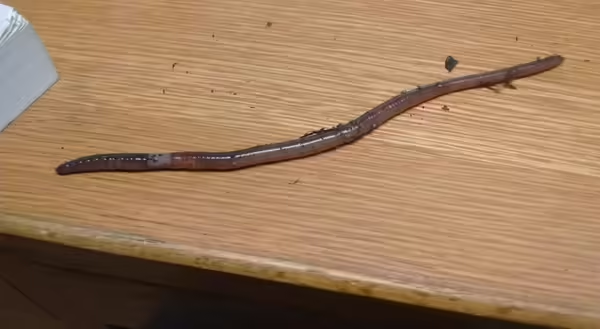
Only accept plants...
- From gardeners that have looked for jumping worms
- That don't come from an area known to have jumping worms.
- If there is no evidence (like soil that resembles coffee grounds) to suspect there are jumping worms at the site that produced these plants/materials.
Use these practices to prevent their spread:
- Remove soil from all plants before transporting them
- This limits the spread of weeds and worms by removing most earthworm egg cases or weed seeds.
- Wash roots
- Completely submerge plant roots in water and wash away remaining soil.
- Actively look for worms.
- Once clean, protect roots for transportation and sale.
- Water is enough to remove soil and other materials from the roots.
- Sell bare-root plants when possible.
- Repot with clean potting soil
- If plants must be sold in soil, repot with sterile potting soil.
- The best way to ensure clean soil is to purchase, from a reputable dealer, bagged and weed and pathogen-free potting soil.
- Inspect mulch for signs of jumping worms
- Do not use mulch, backyard compost, leaves, or other material that may harbor jumping worm eggs or weed seeds.
- Purchase materials from a reliable source.
- Consider waiting to add materials to the garden to determine if signs of jumping worms develop
- Reduce chances of contamination
- Gather and transport plants ready for sale on surfaces like concrete, tarps, or trays where the newly potted plants cannot pick up contaminated soil, leaves, or mulch.
- Thoroughly clean garden tools and shoes after use.
Learn more about jumping worms in this blog post.
Learn more about Illinois invasive species.